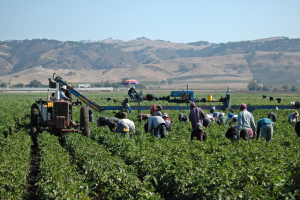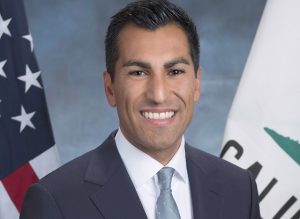Creative Work Fund
March 1, 2012 Roots of ChangeThe Creative Work Fund (CWF) supports new works by artists that are developed through collaborations with nonprofit organizations. Artists and nonprofits in 14 San Francisco Bay Area counties are eligible to apply. With ArtPlace funding, in June 2012 the CWF will award four grants (from among 21) for artists’ collaborations focused on creative placemaking. In selecting these CWF/ArtPlace grants, the Fund gives priority to projects that are based in Bay Area counties that receive little philanthropic support.
In the meantime, some of the CWF’s previously-funded artists are working in regions that receive little philanthropic support. Among these is photographer and writer Lisa Hamilton, whose “Real Rural”—a collaboration with Roots of Change and the Bill Lane Center for the American West at Stanford—brings images and stories of rural Californians to urban residents through a poster campaign launched on the Bay Area Rapid Transit system on January 31, 2012. These images and related stories may be seen at www.realrural.org. The project has enjoyed extensive media coverage. One of my favorite “Real Rural” images accompanies this blog.
In creating the work, Hamilton drove nearly 10,000 miles last year, meeting and interviewing rural Californians. Her project is profoundly place-based, but it’s not focused on changing one small town or one acre’s uses or vitality. Rather, Roots of Change, which works on behalf of healthy food and agriculture in California, partnered with Hamilton, believing that food and agriculture policies could benefit if urban residents better understood the real lives of the people who grow and harvest their food.
The launch of “Real Rural,” which has coincided (unintentionally) with our review of dozens of letters of inquiry, raised questions for the CWF about which artistic vehicles are suited to creative placemaking. I tend to think of physical restoration or beautification as the means for changing the uses and economic vitality of places, but the CWF’s current round of applicants will be media artists or performing artists. What about time-based work—projects of limited duration? Can artists affect vibrancy of places through installations, plays, operas, or film screenings?
They can, perhaps, if they look to the partners who have created “Real Rural” and trust in a chain of transformation that begins with focusing public attention and moves on to sparking conversation, to changing minds, and to creating healthier systems. Two lessons emerge from Hamilton’s work: 1.) Working with the right nonprofit partner(s) will deepen a project and extend its reach; 2.) Specificity of place is profoundly important. While she worked with the broad theme of “rural,” her project’s power comes from recognizing the distinctive stories of locations and people.
This article was re-post from ArtPlace. To view original please click here.



